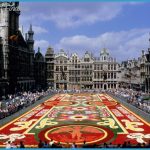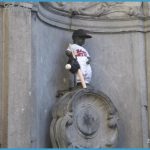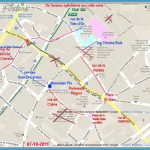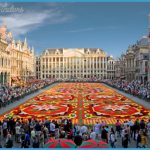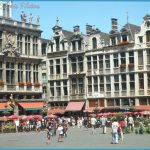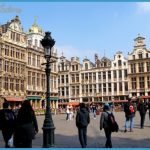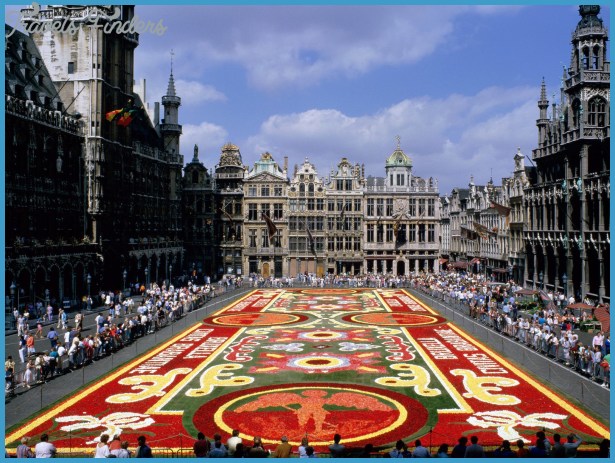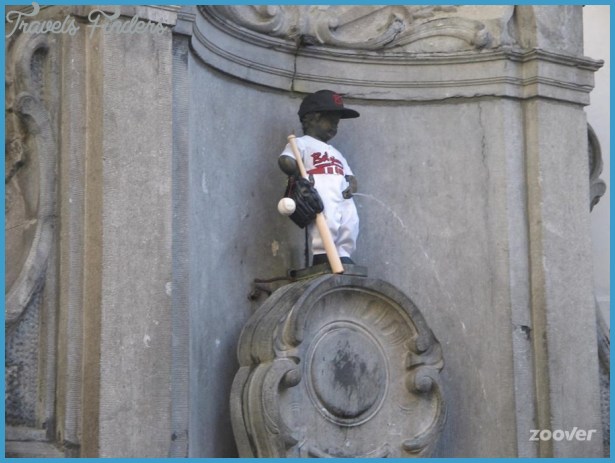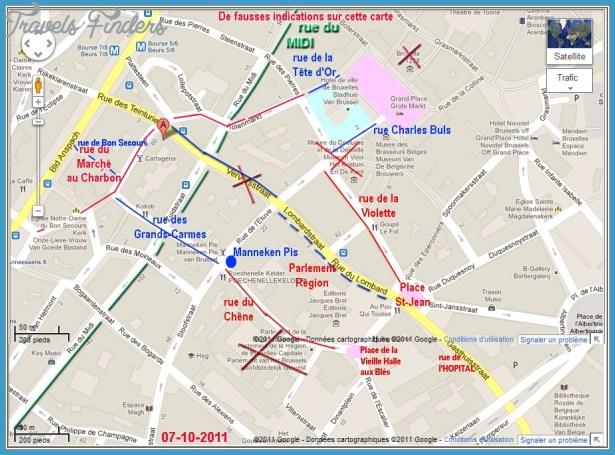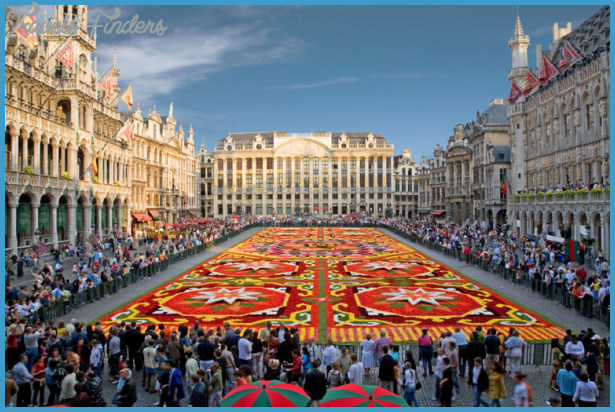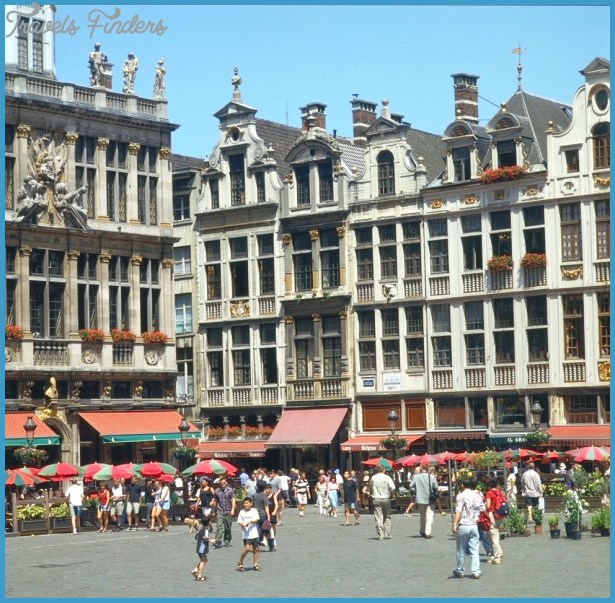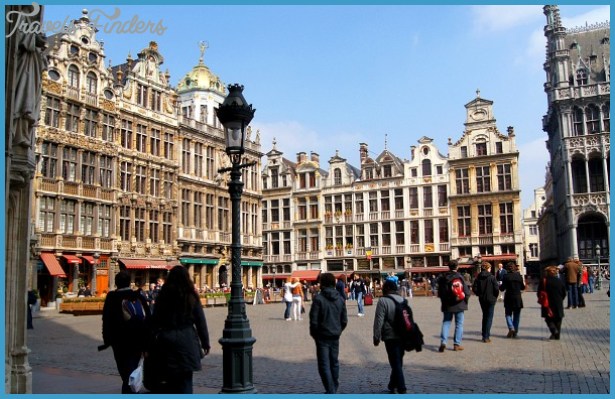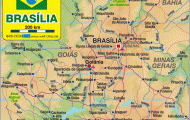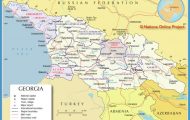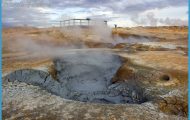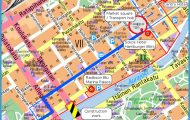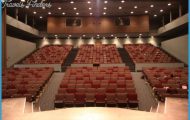GRAND PLACE AND ENVIRONS OF BRUSSEL
Victor Hugo once called the gold-trimmed Grand- Place the most beautiful square in the world. During the incredible flower display (around Aug. 15), it’s especially easy to see why. A flower market fills the place each morning, and at night the Town Hall is illuminated by 800 multi-colored flood lights set to classical music. (Apr.-Aug. and Dec. daily around 10 or 11pm. Tours available.
Inquire at the Town Hall for info, n 279 43 65.) Three blocks behind the Town Hall, on the comer of r. de l’Etuve and r. du Chene, is Brussels’s most giggled-at sight, the Man- nekin Pis, a statue of an impudent boy (with an apparently gargantuan bladder) continuously urinating. The most commonly told story claims that it commemo rates a boy who ingeniously defused a bomb destined for Grand Place. In reality, the fountain was installed to supply the neighborhood with drinking water during the reign of Archduke Albert and Archduchess Isabelle. Locals have created hun dreds of outfits for him, competitively dressing him in the ritual coats of different organizations and regions, each with a strategically placed hole for his you-know- what. His wardrobe is on display across from the Town Hall on the third floor of the Museum of the City of Brussels (Maison de Roi), which also traces the history of Brussels, albeit only in Dutch and French. (Open Su and Tu-Sa 10am-5pm. ‚3, students ‚2.50.) In the glorious Galerie Saint-Hubert arcade, one block behind Grand Place, you can window-shop for everything from square umbrellas to marzipan frogs.
Built over the course of six centuries, the magnificent Cathedral Saint-Michel is an excellent example of the Gothic style with a touch of Romanesque architecture. (PI. St-Gudule, just north of Gare Centrale. Open daily 7am-7pm. Free.)

